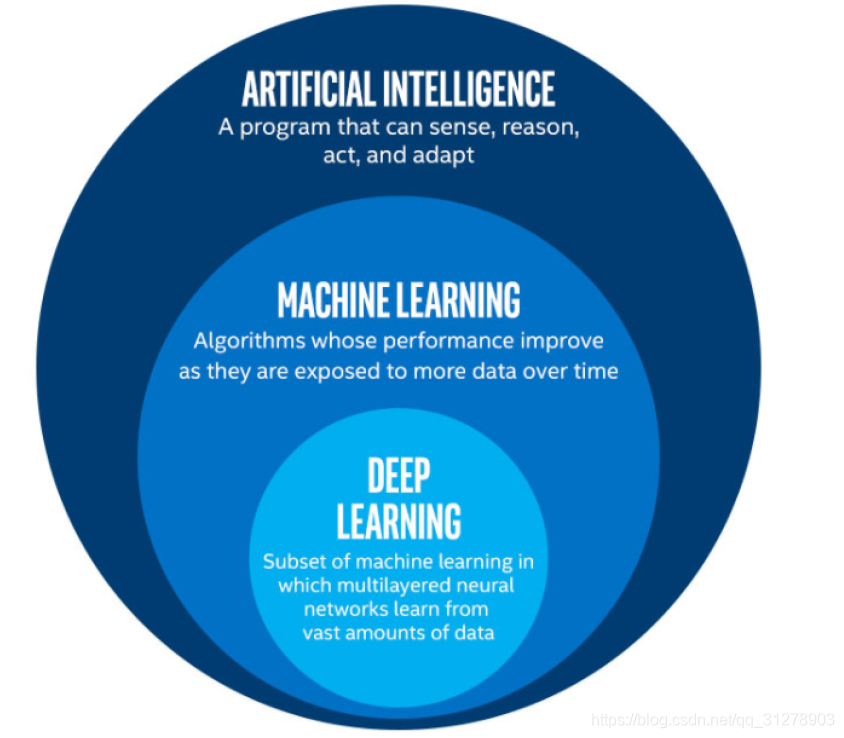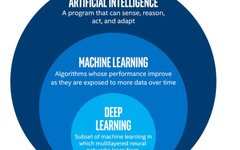
Artificial Intelligence Machine
Learning Deep Learning
Introduction
For beginners, it can be difficult to distinguish between artificial intelligence (AI), machine learning (ML), and deep learning (DL) when first encountering them, as well as to understand their connections, concepts, and what they can do.
1
Concepts and Definitions

In simple terms, artificial intelligence is about making computers think, learn, and make decisions like humans. By utilizing various technologies (such as machine learning, deep learning, expert systems, etc.), AI systems can process and analyze large amounts of data, learn autonomously, and optimize algorithms to perform various complex tasks. The applications of AI are very broad, including but not limited to speech recognition, image recognition, natural language processing, intelligent recommendations, intelligent customer service, etc.
Specifically, from a technical perspective (as shown in the diagram), the AI technologies discussed today are essentially technologies in the field of machine learning (including deep learning). Machine learning and deep learning are important components of artificial intelligence.
Machine Learning involves enabling computers to learn patterns and rules from data automatically through algorithms. Common tasks in machine learning include classification tasks (such as using a logistic regression model to determine whether an email is spam) and regression prediction tasks (such as using a linear regression model to predict stock prices).
Deep Learning is a subfield of machine learning and is currently very popular. Its functionalities are similar to those of machine learning, but the difference is that deep learning processes tasks by building deep neural network models, with main tasks such as regression prediction of stock prices using deep neural network models, image classification tasks using CNNs, and the recent trend of large model content generation.
2
Learning Methods
Machine Learning: Based on data and algorithms, it adjusts model parameters through training data to achieve functions like prediction and classification. Common machine learning algorithms include linear regression, decision trees, and support vector machines.
Deep Learning: Uses neural network models and adjusts network weights and parameters through backpropagation algorithms and gradient descent optimization techniques. Common deep learning models include convolutional neural networks (CNN), recurrent neural networks (RNN), and Transformers.
3
Data Requirements
Machine Learning: Requires sufficient data to train the model, but not necessarily all data. Techniques like feature selection and dimensionality reduction can be used to handle large datasets.
Deep Learning: Requires a large amount of data for training, especially for complex tasks and models. It usually requires unsupervised learning for pre-training to reduce the demand for large datasets.
Image and Text Editing | Yang Sidi
Editor | Yang Bingfeng
Source of Information | Network

